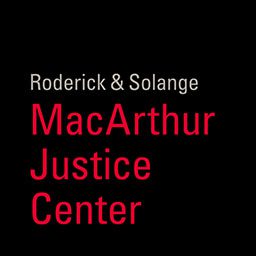At the time of his suit for damages and injunctive relief, Mr. Quintanilla had been in administrative segregation for 10 months as punishment for a fight he insists he did not participate in.
All told, he spent more than two years in solitary. Mr. Quintanilla alleged that most days, he spent 24 hours in his “isolation cell,” where welded metal plates covered the window and door; the desk, chair, and mirror were removed; and vermin and insects were common. He complained that he “sees nothing, does nothing, and interacts with no one.” Rare exercise opportunities occurred in a concrete and steel cage barely larger than his cell. As a consequence of solitary confinement, Mr. Quintanilla alleged that he suffered from depression and several physical ailments. Mr. Quintanilla claimed his continued solitary confinement violated the Eighth and Fourteenth Amendments. The district court dismissed Mr. Quintanilla’s complaint at screening.
With co-counsel at Sidley Austin, we challenged this decision, arguing that the district court ignored the profound harms inflicted by solitary confinement. For that reason, careful process must be afforded prisoners prior to and during the term of their solitary confinement. The Eleventh Circuit reversed, reviving all claims. Notably, the court emphasized that “[c]onfinement . . . in an isolation cell is a form of punishment subject to scrutiny under Eighth Amendment standards” even if it is not, “under current precedent,” per se unconstitutional. The duration of solitary confinement “is significant because a condition might be tolerable for a few days but intolerable over a long period,” the court explained.
For media inquires please contact:
(NOTE: This mailbox is for media inquiries only. All other inquiries, including legal and representation questions, should be submitted through our Contact Form.)
